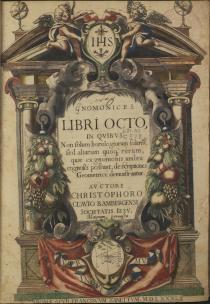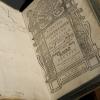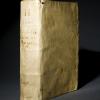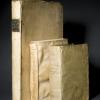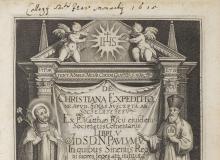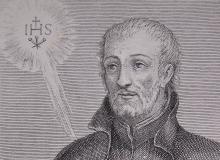Translation of Euclidean geometry into Chinese
The Jesuit educational enterprise was incredibly extensive, not only in terms of where they ended up establishing colleges (from Portugal to Argentina) but also in terms of the breadth of the curriculum. They included most of what is known as the liberal arts or the humanities today, and the ‘hard’ sciences. Thus Jesuit missionaries who graduated from the Society’s colleges, especially the major ones at Coimbra, Lisbon, Rome, Paris and places like Prague, were well trained in the major academic disciplines of the day. This pattern of education was encapsulated in what became known as the Ratio Studiorum, the plan of studies, which was promulgated in the late 1590s.
In part as a result of the effective teaching of the German Jesuit mathematician Christopher Clavius at the Jesuits’ Roman College, and more so his sustained and passionate promotion of his subject, mathematics held a key position in the Ratio Studiorum. Clavius also wrote many textbooks that explained essential mathematical principles (like commentaries on Euclid’s Elements, for instance) as well as providing copious advice and directions on such things as how to build sundials, how to make astronomical instruments like sextants and armillary spheres and then how to use these in observational experiments.
It is well known that Ricci and the Jesuits who came after him (such as Schall and Verbiest) worked for the Chinese imperial court in the bureau of mathematics, as well as in the ministry of public works. They engaged in such activities as mapping territory, helping to construct buildings more efficiently with the use of hydraulics and making predictions of eclipses, among other things. All of these works relied on the mathematical skills they acquired during their early training. Where a missionary might have become forgetful of what they had learnt, the textbooks they brought with them to places like China (and which they continually asked to be sent from Europe) made up for whatever they had let slip on the long sea voyage. They also proceeded to translate these works into Chinese.
In the case of Euclidean geometry for instance, the translation of this was a major project undertaken by Matteo Ricci and his Chinese scholar friend, Paul Xu Guangqi, which took place between 1607-1610. The resulting book, Jihe Yuanben, was the first translation of Euclidean concepts into Chinese.
